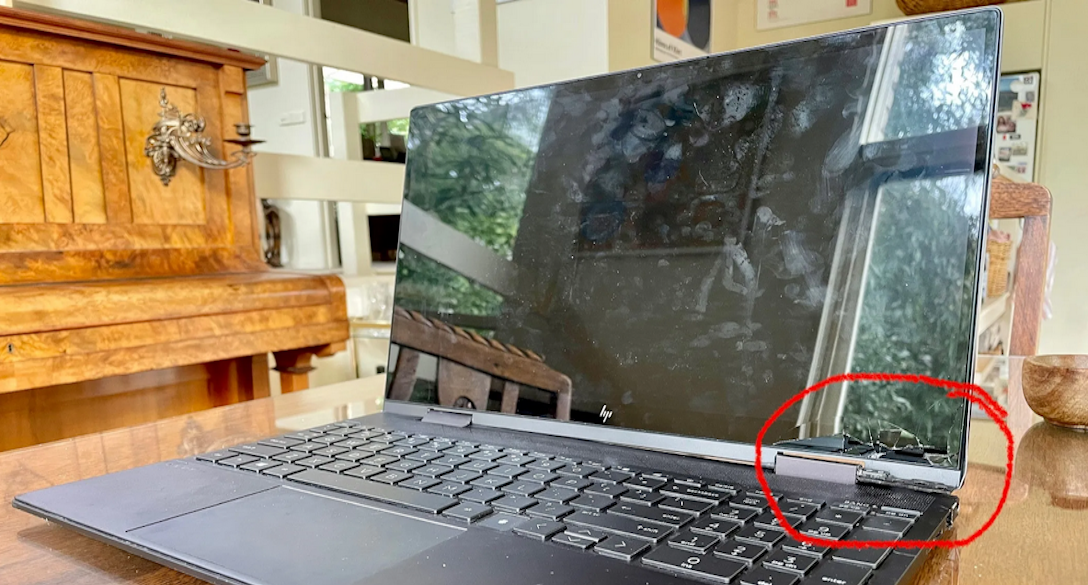5 ways to prepare kids and teens
- Written by Micah Boerma, Adjunct Lecturer, School of Psychology and Wellbeing, University of Southern Queensland

In less than four months, world-first[1] legislation will ban[2] Australian under-16s from certain social media platforms.
Facebook, Snapchat, TikTok, Instagram, X, Reddit and YouTube[3] will all be off limits for children and teens.
It’s still not clear exactly how the restrictions[4] will be implemented. But the federal government says social media platforms must take “reasonable steps”[5] to delete the accounts of minors before or on December 10 and stop them from creating new accounts through age verification software.
Parents will not be able to give their consent to allow under-16s to use these platforms.
Not everyone’s a fan
Unsurprisingly, there has been a fierce debate[6] about the potential benefits and risks of this ban on young Australians.
Regardless, the ban is here. Cutting back on screen time and social media will be challenging for many young people.
Research suggests[7] social media allows young people to express themselves, develop their identity and seek social connection. In a society where two out five young Australians feel lonely[8], seeking out social support is crucial.
Equally, social media can be addictive[9] and the “fear of missing out” can see young people engage more intensely[10] on these platforms.
Here are five ways to prepare your child for the December 10 ban.
1. Don’t wait until December 10
The sudden removal of social media could be a shock to young people. So start the conversation as early as possible with your child and work together to create a plan on how to manage the ban.
Talk to kids and teens about why the ban is being implemented and how it will affect both their friendships and their daily routines.
This can help children feel informed, supported and importantly, heard.
Conversations could include gentle curiosity around the role of social media in their life, seeking their views on an impending ban, acknowledgement of the anxiety this might cause, as well as online safety[11].
Revisiting the topic in a series of smaller chats might also be helpful.
2. Fade out social media
Gradually reducing[12] your child’s time on social media rather than suddenly stopping it will help them to adjust slowly and prevent feelings of withdrawal and frustration.
You could try reducing time spent on social media by a quarter each week and completely stop after one month. Families might opt to do this faster or slower.
By planning this approach together, your child can understand and accept it, making the removal of social media smoother and less stressful for the whole family.
3. Replace, rather than remove
Social media meets young people’s needs to socially connect with others, develop their identity, and belong to a community.
These needs will not disappear when the ban is introduced.
You could consider signing up to some other activities for regular social connection and a sense of belonging. These might include team sports, group hobbies, or volunteering. Consider creative pursuits such as art, music, or handicrafts so your child can express their identity.
4. Start offline connections
Normalise and encourage engagement within your communities that isn’t reliant on social media.
In US psychologist Jonathan Haidt’s divisive book[13], The Anxious Generation[14], he contends it is much harder to replace a child’s screen time with play if they are the only one in their peer group not using screens and in the park.
The ban presents an opportunity for parents to encourage and support children to build supportive offline groups together, where children can regularly connect in person. These could be connected to existing friends or newly established groups of like-minded families.
These groups can stick to the social media ban together and use alternative means of communication such as by phone, text or email.
5. Do it yourself
Children and young people absorb the behaviours and attitudes that are modelled[15] to them in the home.
So this means parents can help by managing their own screen time, prioritising face-to-face connections with friends and family, and setting aside regular time for hobbies and activities.
This reinforces the importance of balancing digital and offline experiences. Modelling these behaviours consistently will help your child feel supported[16] in the upcoming ban.
References
- ^ world-first (www.theguardian.com)
- ^ will ban (www.pm.gov.au)
- ^ and YouTube (theconversation.com)
- ^ clear exactly how the restrictions (www.abc.net.au)
- ^ social media platforms must take “reasonable steps” (www.esafety.gov.au)
- ^ been a fierce debate (theconversation.com)
- ^ suggests (www.apa.org)
- ^ where two out five young Australians feel lonely (theconversation.com)
- ^ social media can be addictive (doi.org)
- ^ engage more intensely (doi-org.ezproxy.usq.edu.au)
- ^ online safety (www.esafety.gov.au)
- ^ Gradually reducing (www.sciencedirect.com)
- ^ divisive book (theconversation.com)
- ^ The Anxious Generation (theconversation.com)
- ^ absorb the behaviours and attitudes that are modelled (raisingchildren.net.au)
- ^ supported (www.blackdoginstitute.org.au)













